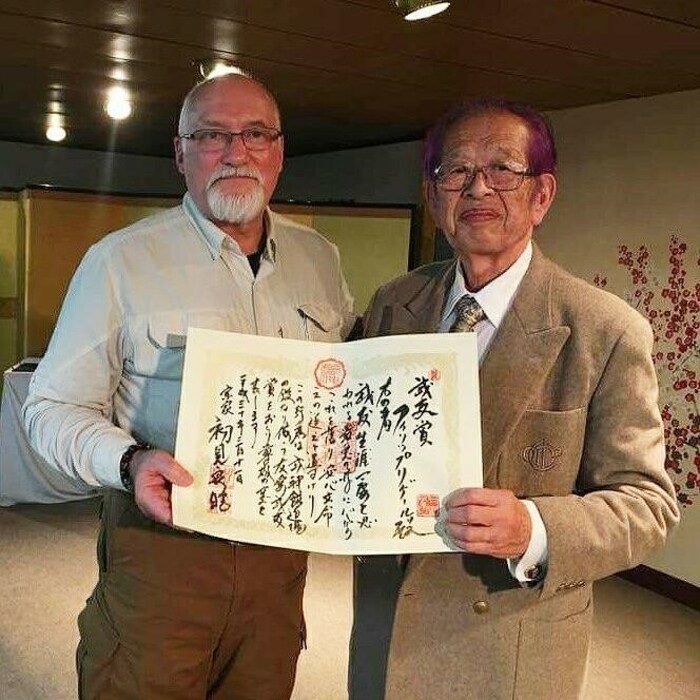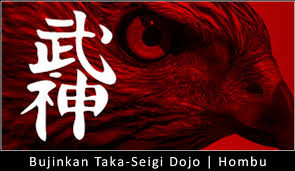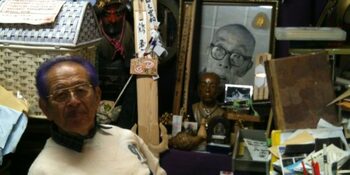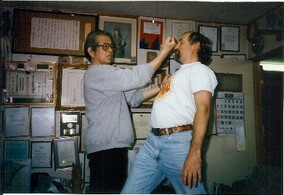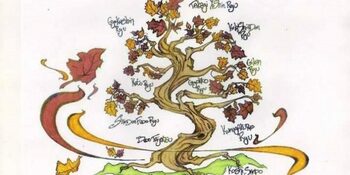Aspects of Training- April 2019
Aspects of Training I go to Hombu to be inspired by Soke and to “keep going” as he is wont to say about life. Though experienced in actual combat, fights and competitive martial arts, I continue to study the evolution of violence and ways to counter it. Why? Because the way and the reasons p...
Will Your Training Save You? (part 1)
When it really counts, will your training be there for you? When your life or those of others is on the line, will your training come through? Will you win the day or will you realize tragically that it proved inadequate to successfully deal with a violent situation? In my opinion this is a que...
Will Your Training Save you (part 2)
Make sure you read Part 1 first! SO, what IS the best way to train? How do we know our training will save us in our darkest hour? The short answer is: There is no magic way to train to guarantee success in all situations. You have heard that there are no guarantees in life, right? Well, I ha...
How I Train Alone?
The Bujinkan’s method of training typically involves two or more training partners exploring techniques under the observation of a qualified Shidoshi (instructor). However, some of us may not live near a certified Bujinkan Dojo, or maybe we have to travel frequently for work, or for any number ...
The Way It Was Part IV
The Mutsu Bay dojo and my farewell test — So we trained in parks, on the beach and at the mountain dojo for about two years while Sensei Fukuda built a new beach hotel and campgrounds called Kokumen Kenko Shukusha. We pleaded with him to also build a Hombu dojo on the campgrounds. He did fi...
The Way It Was Part III
Mountain Training , Demonstrations and Being Japanese — So it was in my early days of training in Chugoku KuKempo that it was pretty tough. I mentioned earlier about the mountain training we did in both summer and winter. In winter we had the snow and ice and cold to deal with. In summer it wa...
The Way it Was Part II
Man or woman makes the Tea and Tea makes the man or woman – In my early years of training in Chugoku KuKempo, it was customary for the junior students to open up the dojo and clean it before and after training, sweep snow off the roof in winter, get the fire going, make tea, fold Sensei’s gi...
Beginnings of Martial Arts- The way it was – Part I
During most of the 70s and part of the 80’s I lived in Japan and Okinawa. Until ’73, Okinawa was a US protectorate and not considered “part of” Japan. After reversion, Okinawa became a prefecture of what they would call mainland Japan. Many of the Ryuku people (U’chinachu or Okinawans) believed...
